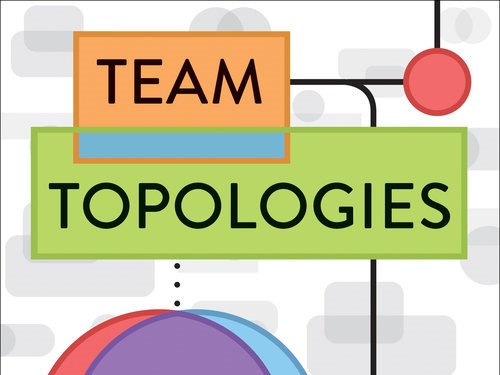There are fools everywhere, and sometimes you can feel like they are just there, getting in your way, not understanding you, and frankly being dense just for the sake of it.
Surrounded By Idiots is an immensely readable book that takes this opening premise, and gives you the “four colours” of people to help you understand they aren’t idiots, they are just different.
As with any profiling tool, you need to take what you find to be valuable from the book. Don’t just box yourself into one of the colours and use that as a new crutch to justify why things don’t go well for you!
The book has loads of examples to help you understand the Red, Yellow, Green and Blue profiles. From the dominant, pushy Now now now types familiar to every Sales org, to the precise and methodical Blues of your data analytics department, Thomas Erikson guides you through an explanation of the profiles, how they work and what matters to them.
He helps you understand how to connect better across the divide. How do you appeal to someone who shows mostly Green characteristics? How do you meet in the middle, or at least somewhere away from your centre?
He works through the hard stuff, giving feedback, feeling angry and what saps our energy. Knowing all this helps you pull a disparate group together, leaning on strengths and rounding out weaknesses.
The key takeaway is that we are not all the same, and so to get on we have to work together to build our community. By putting in the effort to understand people we can build better and stronger relationships, and have a more fulfilling life with less stress.
A very noble goal, and again, a very engagingly written book. I’m sure you will enjoy it, and you’ll definitely learn something from it!









